Lyveden New Bield
The intended purpose of this unfinished Elizabethan building remains a mystery.
Lyveden New Bield (or New Build) is a remarkable unfinished Elizabethan building in Northamptonshire, England. The story of the incomplete structure remains unknown, made all the more mysterious by the large labyrinth on the grounds that remained hidden for centuries until it was revealed by World World II Luftwaffe air photos.
New Bield is located on the grounds of the Lyveden Manor House (also known as “Old Bield”), the second home of Sir Thomas Tresham. The exact date of its construction is unknown, but it is usually estimated to be around 1604 to 1605, the year of Tresham’s death.
While it’s often described as a summer house, the building was clearly meant for occupation. It has reception rooms (including a great hall) on the ground floor, a kitchen and buttery in the basement, and a bedroom on the upper floor. It was too close to the main house for use as a hunting lodge, but it may have been intended as a retreat for the family when the main house was being deep cleaned or fumigated.
Tresham was a fervent recusant Roman Catholic and, just like his main residence, the triangular lodge at Rushton, New Bield’s design is loaded with religious symbolism. For starters, the floor plan is in the shape of a Greek cross. The exterior of the building is also decorated with religious friezes, including many of the emblems and motifs used at the triangular lodge.
Tresham died in 1605 following decades of religious persecution under the Recusancy Acts, which attracted fines for non-attendance at Anglican services. His once-vast wealth was severely depleted, and this may be the reason New Bield was never completed. The building is currently in the ownership of the National Trust.


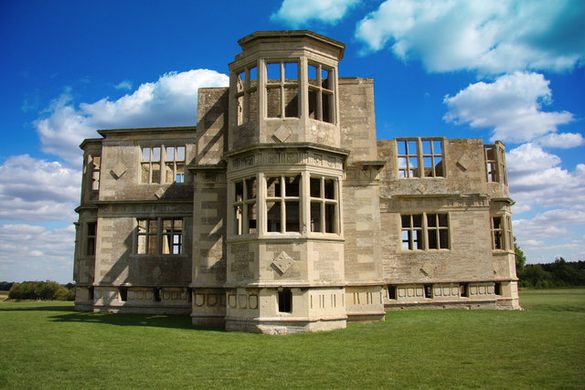






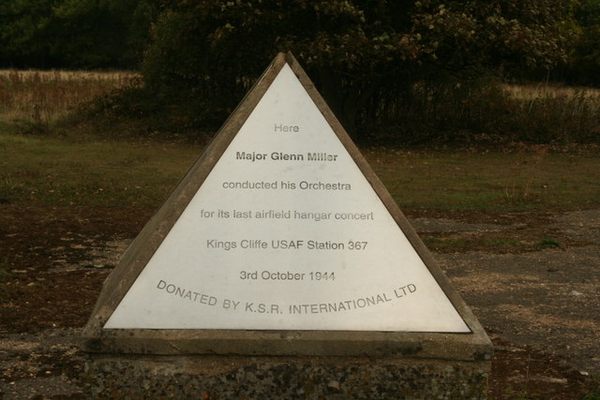

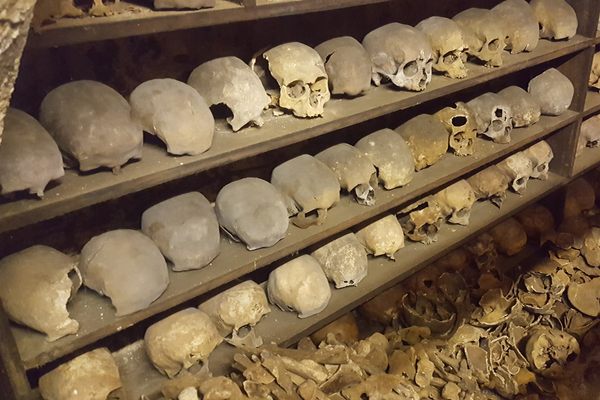

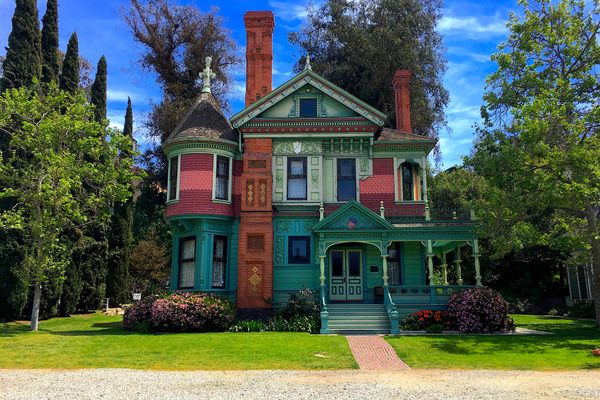
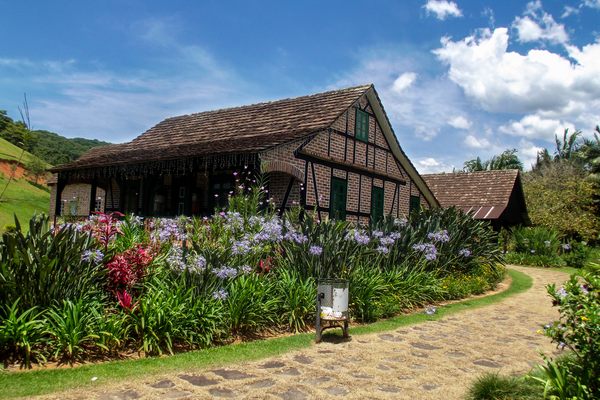



Follow us on Twitter to get the latest on the world's hidden wonders.
Like us on Facebook to get the latest on the world's hidden wonders.
Follow us on Twitter Like us on Facebook